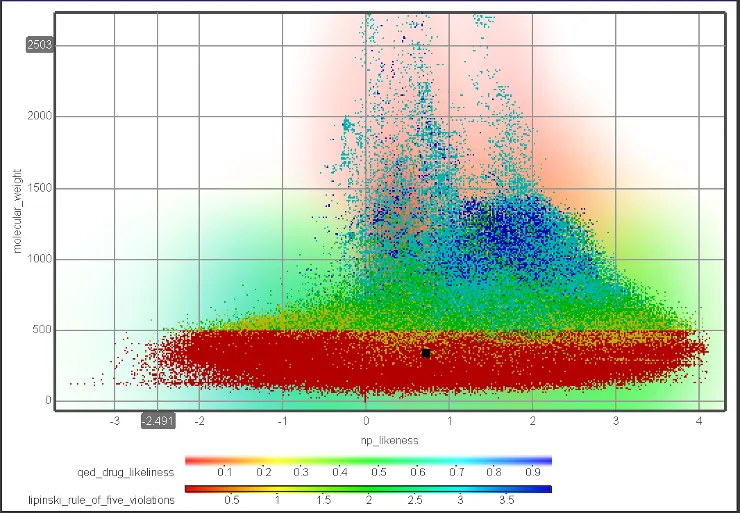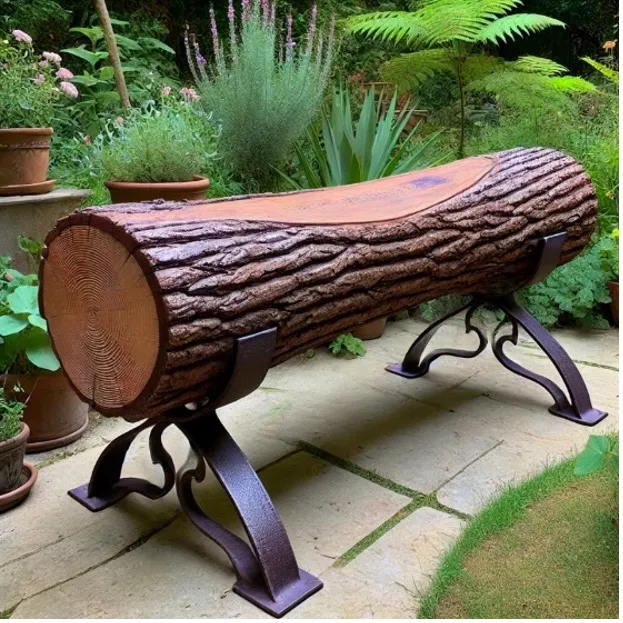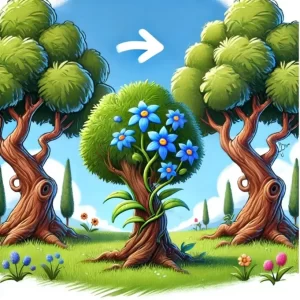We use a variety of in silico methods to find new structures and / or new biological and physical properties inspired or derived from the natural products world. These include:
Prediction of new Natural Products that have yet to be discovered
Examples are predicting new sweeteners from existing natural products found in new plant species or that could be present in an existing plant extract but in tiny amounts that could be increased to commercial useful quantities through careful selective extraction or breeding.

Natural Products predictive toxicology and safety assessments
This includes predicting the toxicology of different types of sub classes of natural products or those that can be related via closely related species or through related phylogenetic trees.
Predict similar toxic compounds found in the same plant or family.
Prediction of metabolites of natural products and their breakdown products and their relative toxicities. Contribution to safety assessments such as predicting LD50 values or NAOEL values. Coupling traditional use ingestion with QSAR to asses the likely hood of the toxicity and safety of botanical extracts for medicinal, nutraceutical use etc. Analysis of mass spec data using “molecular networks” combined with QSAR models. Thes methods can be used to support dossier submissions such as REACH, NCIs, food additives and novel foods.
Synergy effects
Synergy Effects involve studying how combinations of compounds interact to enhance therapeutic efficacy beyond individual effects.
Using machine learning, network pharmacology, and computational models, we predict synergistic or additive effects by analyzing molecular interactions, signaling pathways, and target networks. These insights help identify optimal drug combinations, design of new botanical extracts and improving efficacy while reducing side effects and resistance.
To validate findings, we collaborate with partner organizations for in vitro experiments, confirming predicted synergies in biological systems. This integrated approach accelerates drug repurposing, combination therapy design, and novel treatment strategies in precision medicin
Pseudo-natural products (PNPs)
Pseudo-natural products (PNPs) are hybrid molecules that combine structural elements of natural products with synthetic modifications, creating novel compounds with potentially unique biological properties. By integrating non-natural fragments—such as synthetic appendages—PNPs expand chemical diversity beyond what is found in nature, offering new opportunities for drug discovery.
An analogy for non-scientists: Imagine a fallen tree log transformed into a garden bench by adding iron legs crafted by a blacksmith. Similarly, PNPs retain recognizable natural features while incorporating synthetic modifications, leading to new natural product-like compounds with enhanced or novel biological activities.


Artificial natural products (ANPs)
These are chemically designed compounds that closely resemble natural products but are unlikely to exist in nature. These molecules occupy similar chemical space to known natural products but deviate from natural biosynthetic pathways, making their natural occurrence improbable.
ANPs may lack key biosynthetic features or structural motifs typically associated with natural product synthesis, yet they retain drug-like properties and bioactivity. By designing ANPs, researchers can expand chemical diversity, explore new biological targets, and overcome limitations in natural product availability, offering innovative opportunities for drug discovery and medicinal chemistry.


These artificial natural products are of interest because they enable us to explore unchartered and new regions of chemical space and that also may have unusual or completely new activities for application, for example in the discovery of new medicines.
Sourcing of plants and creation of bespoke extracts and identifying new biological activities or properties
We have a database of 50,000 different plant species which are linked to different suppliers around the world or that can be gathered by us on private land. We can provide initial samples up to 1kg or as crude extracts or fractionated extracts. We can help with compliance of international biotrade conventions with our expert collaborators where needed. Many of the plant species we have access to are not only from tropical climates but from temperate regions such as the EU and the UK.
We then use of state-of-the-art cheminformatics to maximise the potential discoveries from these plant collections and natural product libraries to realise new insights and new opportunities.